Many business owners approach pricing their services by just doing a minimal amount of market research and setting their rates wherever they see competitors’ rates. That’s fine – if for some reason you are running the exact same business model as they are with the exact same financial considerations. Otherwise, it’s just the easy way out because it requires minimal strategic consideration and no extra math.
I challenge every business owner to do better than that.
You can start by coming up with what you need to make it. What is the magic number of revenue required to cover what you need to earn, costs of goods sold, expenses, and estimated taxes? Now you’ve got that nugget of information that will guide all of your marketing to hit your sales goals to work towards that income goal. But how many of each thing do you need to sell to get there? That is answered in your pricing.
When you work on pricing, you need to figure out if you are luxury or a commodity. That piece will inform your rates as well as your branding. If you are a commodity (dime a dozen) you are competing on price and then the market will decide your rates. If you offer XYZ in the same way the other guys do and it’s a no frills volume-based kind of approach, then you made your services a commodity. It’s pretty cut and dry and then that basic market comparison mentioned above will need to be a stronger consideration.
If you are luxury, then you need to create a value-add in a very special way that creates solutions for clients who are willing to pay more for an elevated experience with an expert. The little touches make a big difference. And you need to create and communicate reasons why you are different and why that warrants the higher cost. You can’t just slap a higher price tag on the same commodity as everyone else – you won’t last long doing that. It’s got to be genuine and thoughtful and, again, special.
You will spend a whole lot more time, money, energy, and creativity attracting the perfect-fit clients who are willing to pay more for a luxury service that includes your experience and expertise. And you will spend a lot fewer resources garnering any-fit clients who want to just make the cheapest thing exist for your commodity service since you cater to the masses. Commodity clients still want it to serve a purpose and be nice enough – but there’s the qualifier. Nice enough. Good enough. Fine, even. Luxury clients want it to be perfect and special, and just thing they needed for it to be really right.
So are you a commodity or are you luxury? Now that you know that, go back to the math of the nugget. Your commodity pricing – competing at a lower price – will demand volume bookings to make it. You will need to sell more of XYZ at that lower rate to get to the total you desire. Your luxury pricing will require you to sell less of XYZ at the higher price to get to the total you require. You will, however, spend more resources on what it takes to be special and get that client who is willing to spend more.
There’s no right answer until you do your own math for your own business model and consider your brand. You’ll need to decide – is that something the market can bear? Then you’ll know if the pricing you set for the thing you do is feasible for yourself and feasible for your clients and the market.
If business were easy, everyone would be doing it. Asking these tough questions will help you build a business that thrives more than it survives.




















